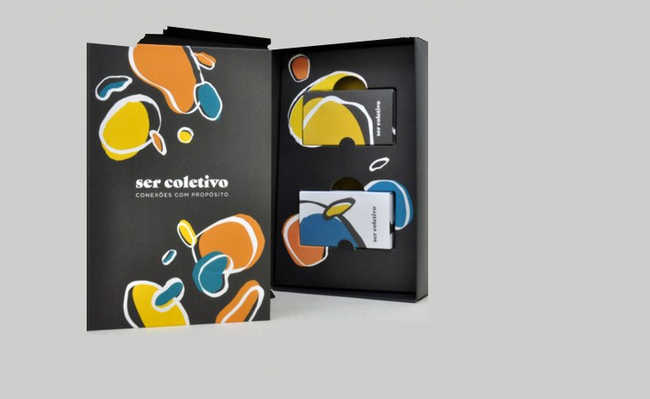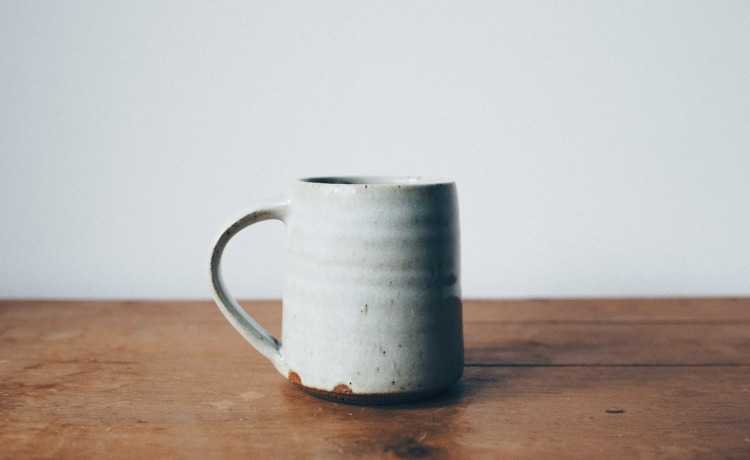Everything you need to know about menstrual pads
Understand everything about the menstrual pad, its impacts and alternatives

Edited and resized image of Ava Sol is available on Unsplash
The pad is a practically indispensable item in the routine of most women who are of reproductive age (that which comes after puberty and before menopause). This is because every 28 days, on average, if the woman is not pregnant, the body needs to expel menstrual blood. If you are in this phase, understand everything about the menstrual pad, its impacts and alternatives.
- What is the menstrual cycle?
- Menopause: symptoms, effects and causes
history of the absorbent
From the Industrial Revolution (late 18th century) until the 1960s, Western women used small, folded pieces of fabric to absorb menstruation, the so-called “hygienic towels”. They were sewn at home and, after use, washed and reused.
- What is menstruation?

The first disposable absorbent arrived in Brazil in 1930, but it was in the 50s that it began to become popular. The novelty was printed in several advertisements relating women who used tampons to the idea of modernity. However, in some places in the world women do not have access to any type of tampon, either because they live in isolated locations far from cities (such as regional regions). rural), and/or because they do not have the financial resources to purchase sanitary pads, and, as a result, they end up not going to school or work during their menstrual period, and there are also regions where menstruation is a taboo. A documentary called "Absorbing the Taboo" shows how in rural India, where the stigma of menstruation persists, girls and women end up dropping out of school and work, respectively, because they cannot "hide" menstruation. Today, it is estimated that each woman uses an average of ten to fifteen thousand disposable pads from puberty to menopause.
Environmental impacts
It is possible to recycle the disposable absorbent. But in Brazil, this process is still unfeasible. The truth is that most of these absorbents end up in dumps and landfills, aggravating the garbage problem.
Using trees and oil as raw materials for its manufacture, the external absorbent is basically composed of cellulose, polyethylene, propylene, thermoplastic adhesives, silicone paper, superabsorbent polymer and odor controlling agent.
- What is cellulose?
The cellulose fiber layer together with the superabsorbent polymer forms the absorbent core - this core is covered by a layer of polypropylene (the part that comes in contact with the skin). The absorbent body is formed by a polyethylene film and thermoplastic adhesives and silicone papers are added to it. Some substances used in the manufacture of the absorbent may vary according to the manufacturer; the plastic covering, for example, can be exchanged for the cotton covering. The internal absorbent, also known as tampon, differs from the external absorbent in its composition. They are mainly made of cotton, rayon (artificial silk), polyester, polyethylene, polypropylene and fibers.
The main environmental impact of these products begins with the extraction and processing of raw materials, which are based on the production of plastics (oil) and cellulose (trees). As plastic production requires a lot of energy and creates long-lasting waste, it is a product with a high environmental footprint. And cellulose is a raw material that has to be well inspected to guarantee its sustainable origin (certified wood). Not only the production of the disposable absorbent itself, but the extra components, such as packaging and services, such as the logistics for transporting raw materials and the product, have an impact on the product's life cycle.
- What is reverse logistics?
- Know the types of plastics
The Royal Institute of Technology in Stockholm, Sweden carried out a lifecycle assessment of the tampon and tampon. They evaluated raw material extraction, transportation, production, use, storage and waste management, and concluded that the crucial process for the entire life cycle of this product is the processing of LDPE (low density polyethylene), due to the high energy consumption to produce this plastic.
This study concluded that, between the external and internal absorbent, the external has a greater environmental impact due to the greater use of plastic components. This is not to say that tampons do not also have a significant environmental impact - cotton fiber contributes 80% of the total impact of producing these tampons, as intensive cotton cultivation requires large amounts of water, pesticides and fertilizers.
Thus, the thin and modern disposable absorbent brings with it significant damage to the environment, even before reaching its consumers.
Health
The so common use of absorbent pads in the daily lives of many women brings a reflection on the possible impacts of their use on health. Some problems, such as allergies and infections, may be related to the use of disposable absorbents, especially in women whose skin and mucosa are more sensitive to fragrances, dyes and synthetic materials, which are in the composition of some of these products.
- Substances to avoid in cosmetics and hygiene products
Absorbents with a plastic layer, for example, can impair the ventilation of the area and thus favor the appearance of infections. But there may also be cases of allergy caused by poisoning by the pesticide glyphosate, used in cotton planting, which ends up in the bloodstream after contact with the skin and vaginal mucosa.
Another problem associated with tampon use is Toxic Shock Syndrome, a rare disease (affects one in 100,000 people), but serious if not treated quickly. Caused by the bacterium's toxin Staphylococcus aureus, this disease has half of its cases associated with the use of a high absorption tampon and synthetic material.
An important reminder, which can help to avoid some of the problems mentioned, is to change the absorbent within the time indicated by the manufacturer, or by your gynecologist (between four and eight hours), avoiding the proliferation of bacteria.
Alternatives
For those who are looking for alternatives for more ecological products, and without harmful chemicals in their composition, it is worth testing the options that exist to see if any of them are suitable for you:
cloth absorbent
It is an alternative for those who prefer products for external use. They require energy and water consumption for washing, but save on the general use of raw materials in manufacturing, as they are reusable.
This type of product follows the same format as the disposable absorbent, but is made of 100% cotton (which is beneficial for the skin as it helps it "breathe") and can last up to five years. The idea is for it to be washed and reused, as was done in the past, before disposable absorbents.
menstrual collector
The menstrual collector is a hypoallergenic (non-allergenic) silicone cup that is used to collect menstrual blood. It can be used for an average of 8 hours at a time, depending on the intensity of the flow, and then it needs to be emptied and cleaned with soap and water. It is recommended that, before the first use, sterilize the cup in water, boiling for three minutes.
They are reusable, do not contain dioxin or rayon and are easy to maintain. It is a more ecological alternative, as it avoids the generation of solid waste, and more economical, as the product can be used for years, making women save money on disposable absorbents.
Check out a video with information on how to use the menstrual collector.
Soft buffer
O soft buffer it is a kind of foam that is introduced into the vagina to absorb menstrual blood. According to the manufacturer, it is made with non-toxic materials that do not pollute the environment, and was launched with the aim of allowing women to exercise and have sex during their menstrual period, without fearing discomfort and leakage. The absorbent is lightweight and malleable. Understand better and see tips from those who tested.
Biodegradable absorbent
If you prefer disposable absorbent and internal absorbents, but want to cause less impact on the environment and/or your skin is sensitive to synthetic products, there is the option of biodegradable absorbents, produced with organic cotton, without synthetic material and chemicals.
The manufacturer that sells this product in Brazil is the brand Natracare, which claims to produce hypoallergenic items that biodegrade in up to five years (the conditions for this biodegradation are not specified).
Panties with absorbent layer
Absorbent layer panties are panties that contain a material capable of containing menstrual flow while being stain proof. The function of these panties, according to one of the manufacturers, is to retain the liquid, prevent leakage, kill germs and bacteria and ensure dry skin. There are options with absorbent layers with higher holding capacity (equivalent to two medium tampons) and lower holding capacity. The advantage is that it is reusable and can be washed and used again, like normal panties. However, the material used in the composition of the absorbent layer was not specified by the manufacturers.










